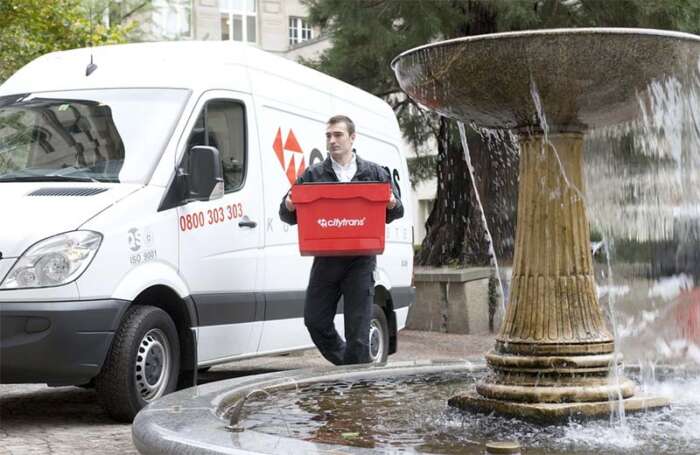Small businesses usually face a number of hurdles during their establishment. One of them involves funds. There are many different types of funding, and some work for one kind of business but are not appropriate for others. A line of credit typically works for businesses that know their business model works, but their cashflow is uneven. This is true because a small business line of credit offers such flexibility that cannot be found elsewhere. It’s different from a conventional term loan that provides you with a single lump sum of money for use repayable over a predetermined period of time.
A line of credit works like a reserve pool of an established amount. You get the luxury of drawing capital up to that limit when you need it. You will pay interest on the amount you withdraw. Once you have fully paid what you owe, the maximum amount will be available for you to withdraw again. Ideally, this is a safety net for your startup. This way, your business can access cash and most importantly at lower rates compared to credit cards. In recent times, the line of credit has gone through some modifications. As a result, there are 4 lines of credit now available to small businesses as outlined below.
Traditional Line of Credit
Normally, this targets experienced business entrepreneurs who have proven business models that make sense. This is so because the maximum credit is higher and the rates are a little bit lower. Again, the obligations require higher rates of credit and reporting of yearly sales. Typically, these are sourced from the bank where you hold a business bank account.
This line of credit has a lower closing fee and lower interest rate compared to a term loan for the same amount. The interest rate will only rise should you overdraw more than the set amount or fail to pay what you have used. As a small business owner using this line of credit, you are only allowed to spend that adaptive cash amount on cyclic expenses for your business, payroll along with other functional overheads and insurance against emergencies.
Equipment-Backed Line of Credit
Small businesses have yet another option for a line of credit where the credit is backed up by certain types of collateral. In such a case, it is the line of credit secured through a business asset. Equipment-based lenders look at your future possibilities rather than your past borrowing record. Once set up, you will get a credit equal to the value of the business equipment you have presented to the lender.
Short-Term Line of Credit
This is the same as a traditional line of credit but the only difference comes in the duration for which your line of credit lasts. It is the same difference between a conventional long-term loan and a short-term loan. As a result, the short-term line of credit will attract a relatively higher interest rate, a quicker turnaround time, flexible requirements of loan application and a lower credit maximum.
While the traditional line of credit is presented by the banking institution, the short-term line of credit is normally presented through other lenders. Individuals with lesser annual revenues, a lower credit rating or start-up businesses could just meet the criteria for this type of credit without much problem. Even though the short-term line of credit tends to be a lot more costly, its value is in its ability to help emerging small business to keep a flexible reserve of business capital.
Invoice-Backed Line Of Credit
As you continue with your business operations, some customers may be reluctant to pay you promptly, so taking a lot of time before you can get your money from them. In such a case, you don’t need to wait. You can choose invoice funding where the invoices get paid immediately. This is also called accounts receivable financing. Instead of taking short-term loans as a cover-up for working capital expenses, an invoice-backed line of credit is what you need. However, you will take care of the costs that come with that pace and efficiency.
This is how an invoice-backed line of credit works. The total cost of your invoices determines the credit maximum you will receive. Instead of relying on your customers to pay promptly, you can draw capital from this arrangement. Your credit will always increase as your invoices continue to increase as well.



